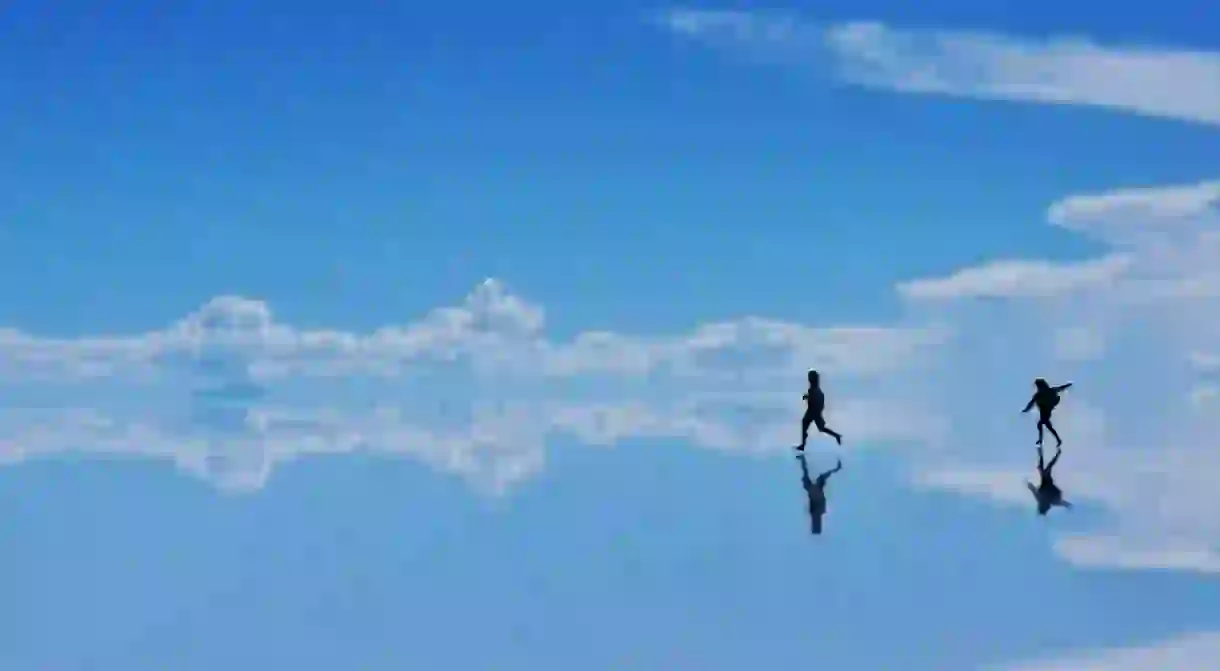15 Stunning Natural Wonders in South America That Will Take Your Breath Away

South America is a continent of remarkable natural wonders that are sure to blow the mind of any traveler. From the world’s tallest waterfall to the largest salt flat; one of the deepest canyons on the planet, to a river that flows red, here are 15 of the most stunning natural wonders in South America.
Angel Falls, Venezuela
Natural Feature

Caño Cristales, Colombia
Park
The Amazon Rainforest
Natural Feature

The mighty Amazon rainforest – which spans many of South America’s countries, although Brazil, Peru and Colombia contain the highest percentage – simply defies description. The largest rainforest on the planet, intersected by the mightiest river: exploring the Amazon is an unparalleled South American adventure.
Lake Titicaca, Bolivia & Peru
Natural Feature

The largest lake in South America – by volume of water and surface area combined, at least – lies on the border of Bolivia and Peru in the heart of the Andes mountains. Also called the “highest navigable lake in the world,” Lake Titicaca is an absolutely stunning place, dotted with lovely islands and surrounded by snow-capped peaks.
Torres del Paine, Chile
Park

Perito Moreno Glacier, Argentina

Iguazu Falls, Brazil & Argentina
Natural Feature

Salar de Uyuni, Bolivia
Natural Feature

Pantanal, Brazil
Natural Feature

Mount Roraima, Venezuela
Natural Feature

Mount Roraima, located in Venezuela’s Canaima National Park, lies on the triple border of Venezuela, Brazil and Guyana, although it is accessed from Venezuela. A giant tepui rock formation, part of the Guiana Shield, Roraima is a truly surreal and unique spectacle, offering breathtaking panoramic views over the jungles of all three countries surrounding it. It is possible to climb Roraima via one non-technical route, and the total trek takes around five days.
The Atacama Desert, Chile
Spa

Kaieteur Falls, Guyana
Park

Laguna Colorada, Bolivia
Natural Feature

Located close to the aforementioned Salar de Uyuni – it is often included as part of tours to the Salt Flats – Laguna Colorada is a shallow salt lake in the Bolivian altiplano. Red sediments and algal pigmentation cause the waters of the lake to be red, and up to three species of flamingo are present at this beautiful lake.
Lençóis Maranhenses, Brazil
Natural Feature

Colca Canyon

Take a Trip to South America
Architectural Landmark

Take a look at the our carefully curated and fully bookable South American vacations. Experience the rhythms and passion of South America through its wonders of the world, its amazing nature and its unique customs and cultures – these packages will allow you to explore the most thrilling and fascinating aspects of this wonderful collection of countries.













